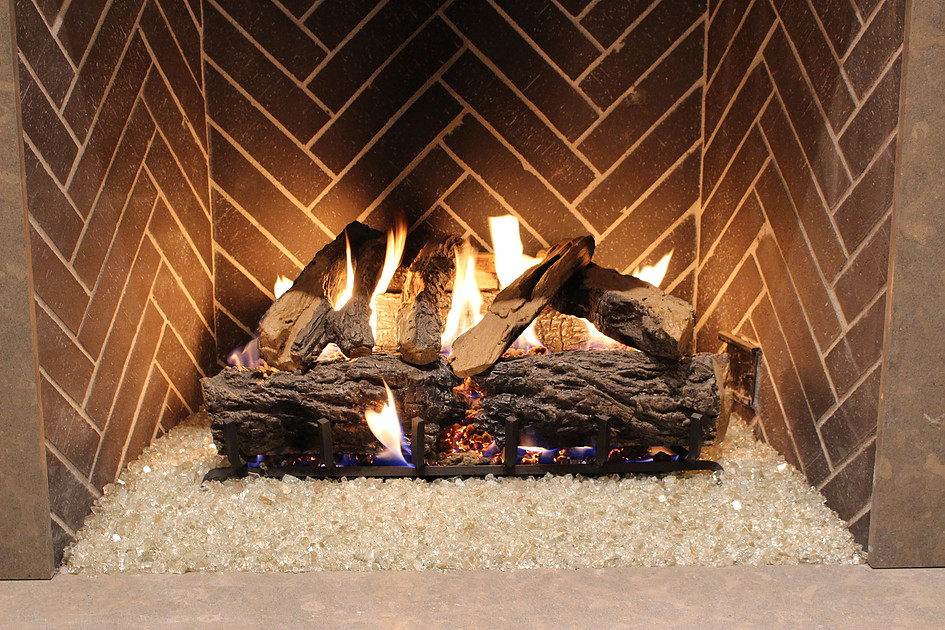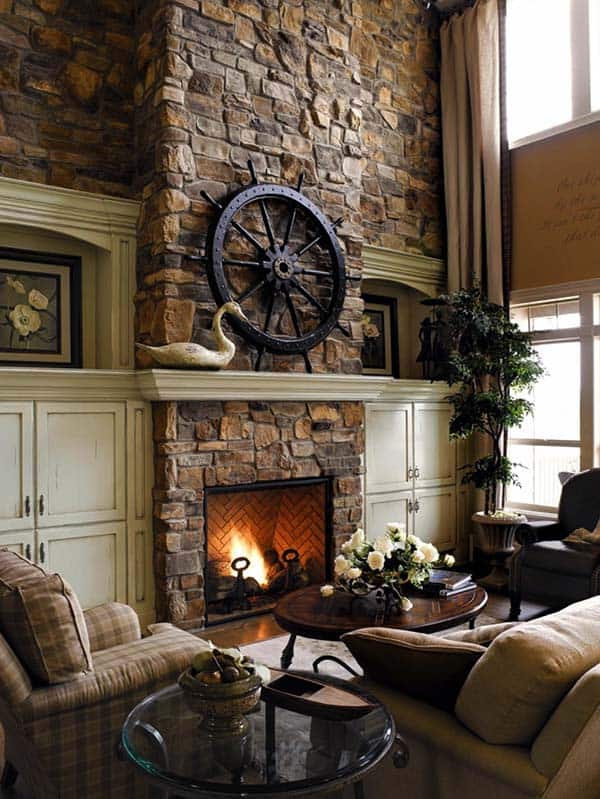Fireplaces exude warmth and charm, serving as a gathering point in many homes. But what truly elevates a fireplace’s aesthetic is the use of decorative fireplace rocks. These simple yet striking additions can transform a dull fireplace into a stunning focal point. In this comprehensive guide, we’ll explore everything you need to know about decorative fireplace rocks, their types, maintenance, benefits, and creative ideas to incorporate them into your home. Buckle up as we dive into this engaging journey!
What Are Decorative Fireplace Rocks?
Decorative fireplace rocks are natural or artificial stones used to enhance the visual appeal of fireplaces. They can either be used as fillers in gas fireplaces or as embellishments in traditional wood-burning fireplaces. Their variety in color, shape, and texture allows for endless design possibilities.
The Allure of Decorative Fireplace Rocks
Why should you consider decorative rocks for your fireplace? Here are a few compelling reasons:
- They add a natural element to your decor.
- Available in various colors and sizes to suit any design aesthetic.
- They are easy to maintain and long-lasting.
- Rocks help improve heat distribution when used in gas fireplaces.
Types of Decorative Fireplace Rocks
1. Natural Stone
Natural stones such as river rocks, slate, and granite can introduce elegance and rustic charm to your fireplace.

Pros and Cons of Natural Stone
| Pros | Cons |
|---|---|
| Unique designs and colors | May be heavier and more expensive |
| Durable and long-lasting | Requires occasional cleaning |

2. Artificial or Manufactured Rocks
Manufactured rocks replicate natural stones in appearance but are often lighter and more uniform in size.
Pros and Cons of Artificial Rocks

| Pros | Cons |
|---|---|
| Lightweight and easy to handle | May lack unique character |
| More affordable | Potentially less durable |
Choosing the Right Decorative Fireplace Rocks

Consider Your Style
Your choice of fireplace rocks should complement your existing decor and style. If you have a modern home, smooth river rocks may work best. On the other hand, if your decor is more rustic, consider larger, rough-hewn stones.
Size and Shape Matters
The size and shape of the rocks can dramatically affect the visual impact. Smaller rocks or pebbles might create a more intricate look, while larger stones can serve as bold statements.

Color Coordination
When selecting colors, think about harmony with your fireplace mantel and surrounding decor. Neutral tones often work well, but don’t shy away from vibrant colors if that suits your style.
Using Decorative Rocks in Different Fireplace Types

Gas Fireplaces
Using decorative rocks in gas fireplaces not only enhances aesthetics but also aids in heat distribution. Ensure that the rocks are specifically designed for gas units for safety.
Wood-Burning Fireplaces
In a wood-burning fireplace, rocks can be used as a decorative base, either under the firewood or as a standalone accent. They also help to elevate the wood for better airflow.

Maintenance Tips for Decorative Fireplace Rocks
Regular Cleaning
Dust and soot can accumulate on decorative rocks, so regular cleaning is essential. A simple rinse under warm water or a wipe with a damp cloth can keep them looking fresh.
Remove Stains Thoroughly
In case of stubborn stains, consider using mild soap and warm water. For natural stones, avoid harsh chemicals that could damage their surface.
Inspect for Damage
Occasionally inspect your decorative rocks for cracks or wear, especially after heavy use. Replace any damaged stones to maintain the integrity of your fireplace design.
Creative Ideas for Incorporating Decorative Rocks
Layering with Other Materials
Consider layering your decorative rocks with other materials like driftwood or candles for added texture and interest.
Color-Themed Arrangements
Choose a color palette for your rocks that complements the other decorative elements in your room. You could arrange them in a gradient or as a contrast for a striking look.
Seasonal Decorations
Use different types of decorative rocks as seasonal decorations. For instance, opt for colorful stones in the summer and more muted tones in the fall and winter.
Cost-Effective Alternatives to Decorative Fireplace Rocks
If you’re on a budget, there are several cost-effective alternatives to decorative rocks:
- Colored gravel: An economical choice that can mimic more expensive stones.
- Glass beads: These can add unique sparkle; perfect for a modern look.
- Recycled materials: Consider using broken pottery or glass shards for a distinctive aesthetic.
Comparing Decorative Fireplace Rocks: A Side-by-Side Look
| Type | Durability | Price | Ease of Cleaning |
|---|---|---|---|
| Natural Stone | High | $$$ | Moderate |
| Artificial Stone | Moderate | $$ | Easy |
| Colored Gravel | Low | $ | Very Easy |
| Glass Beads | Moderate | $$ | Easy |
Personal Experience: My Journey with Decorative Fireplace Rocks
When I first moved into my home, the fireplace looked utterly uninspiring. After much contemplation, I decided to try decorative rocks. I visited a local store and became fascinated with the colorful river stones. I opted for a mix of blues and greens that reminded me of summer vacations by the beach.
Once set up, the transformation was immediate. The colors pop against the brick fireplace, and I often catch my friends admiring it during gatherings. Not only do the rocks enhance the overall ambiance, but they also serve as a great conversation starter!
Frequently Asked Questions (FAQs)
1. Can I use any type of rock in my fireplace?
No, it’s essential to use rocks specifically designed for fireplace use. Some stones can crack or release harmful materials when heated.
2. How often should I clean decorative fireplace rocks?
It’s best to clean them periodically, especially if you notice dust or soot buildup. A seasonally-based cleaning schedule can work well.
3. Are decorative rocks safe for use in gas fireplaces?
Yes, as long as they are designed for gas fireplaces. Check with your fireplace manufacturer for recommendations.
4. How do I arrange decorative fireplace rocks for maximum effect?
Layering different sizes and types of rocks, or grouping them by color, can create a visually appealing arrangement. Be creative!
5. What is the average cost of decorative fireplace rocks?
The cost can vary widely based on the type of stones you choose, ranging from $2 to $7 per pound for natural stones, while artificial ones may cost less.
Conclusion
Decorative fireplace rocks can dramatically change the appearance of your fireplace and, by extension, the entire room. With various options available, it’s easy to find the perfect stones that resonate with your style. Whether you opt for natural beauty or manufactured convenience, these rocks can provide not just aesthetic appeal but also a touch of personality to your space. Embrace your creativity and let your fireplace shine!